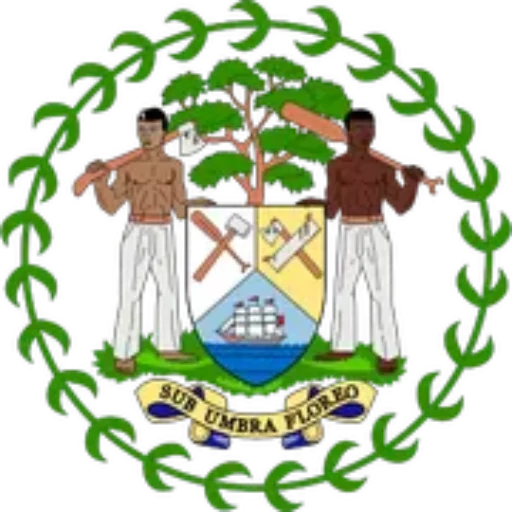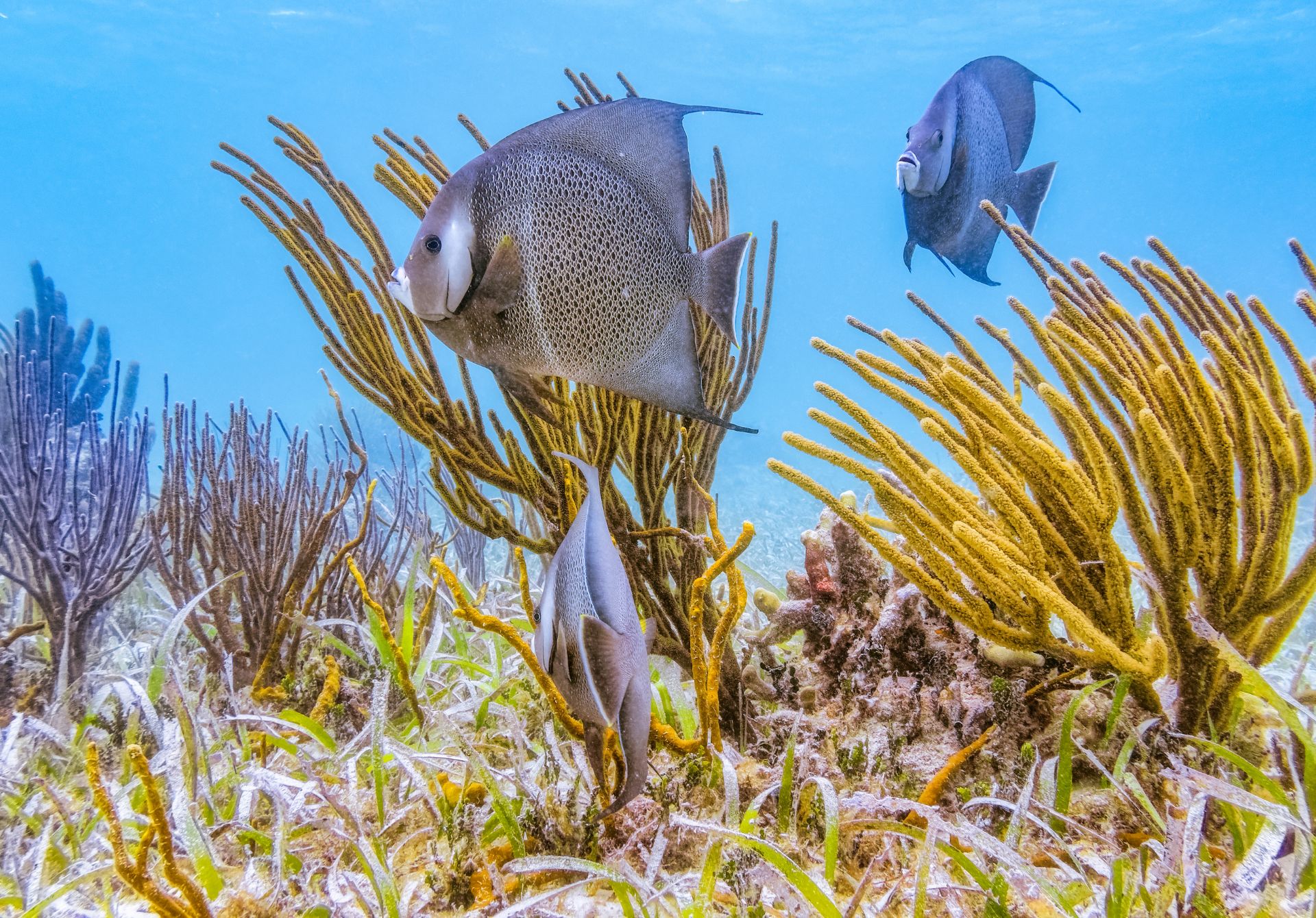Hol Chan Marine Reserve, located off the coast of Ambergris Caye, Belize, is one of the most popular marine protected areas in the Caribbean. Established in 1987, the reserve is known for its vibrant coral reefs, diverse marine species, and sustainable eco-tourism opportunities. In this article, we will explore the significance of Hol Chan Marine Reserve, its unique ecosystems, and the conservation efforts that help preserve this underwater treasure.
The History and Importance of Hol Chan Marine Reserve
Hol Chan, meaning “Little Channel” in the Maya language, was designated as a marine reserve to protect the fragile coral reefs and marine habitats in the area. Belize, which boasts the second-largest barrier reef in the world, recognized the need for conservation early on. The reserve is divided into four distinct zones: the reef, the seagrass beds, the mangroves, and Shark Ray Alley. Each zone plays a critical role in maintaining the ecological balance of the region.
Unique Ecosystems within the Reserve
The Coral Reefs
The reef zone is home to an astonishing array of coral species, including brain coral, elkhorn coral, and staghorn coral. These coral formations provide a habitat for hundreds of fish species, from parrotfish and angelfish to barracudas and groupers. Snorkelers and divers often marvel at the thriving marine life, making it one of the top snorkeling destinations in the Caribbean.
The Seagrass Beds
The seagrass beds in Hol Chan are another vital ecosystem. These beds act as nurseries for juvenile fish, lobsters, and other marine species. Seagrasses also help filter nutrients from the water, contributing to the health of the reef and surrounding habitats. Additionally, they play a crucial role in carbon sequestration, making them an important factor in fighting climate change.
Mangrove Ecosystems
Mangroves are vital to coastal protection and biodiversity. At Hol Chan, mangroves serve as breeding grounds for fish and crustaceans while also providing protection from coastal erosion and storm surges. Many species of birds, including pelicans and frigatebirds, rely on these areas for nesting, making it a crucial ecosystem for both marine and bird life.
Shark Ray Alley: An Iconic Attraction
Shark Ray Alley, located in Zone D of the reserve, is one of the most famous sites within Hol Chan. Here, visitors can swim with nurse sharks and stingrays in their natural habitat. This zone offers an unforgettable experience for divers and snorkelers alike, as they interact with these gentle creatures in crystal-clear waters.
Conservation Efforts and Sustainable Tourism
Hol Chan Marine Reserve is a model for marine conservation in Belize. The Belizean government, in collaboration with international organizations, actively enforces regulations to prevent overfishing, coral damage, and other environmental threats. Tourism at Hol Chan is also carefully managed to ensure that it remains sustainable. Tour operators must follow strict guidelines, and visitors are educated on how to minimize their impact on the environment.
The Economic and Ecological Benefits
Beyond its ecological importance, Hol Chan Marine Reserve plays a significant role in Belize’s economy. The thriving eco-tourism industry provides jobs for local communities, from tour guides to conservation workers. By balancing tourism with conservation, Belize has created a model for sustainable development, ensuring that future generations can enjoy the natural beauty of Hol Chan.
Hol Chan Marine Reserve is a shining example of how marine conservation and eco-tourism can work together to preserve our planet’s natural wonders. With its vibrant coral reefs, diverse marine ecosystems, and iconic attractions like Shark Ray Alley, Hol Chan offers both a sanctuary for marine life and a unique experience for visitors. The success of this reserve highlights the importance of sustainable practices and ongoing conservation efforts to protect these fragile ecosystems for future generations.

